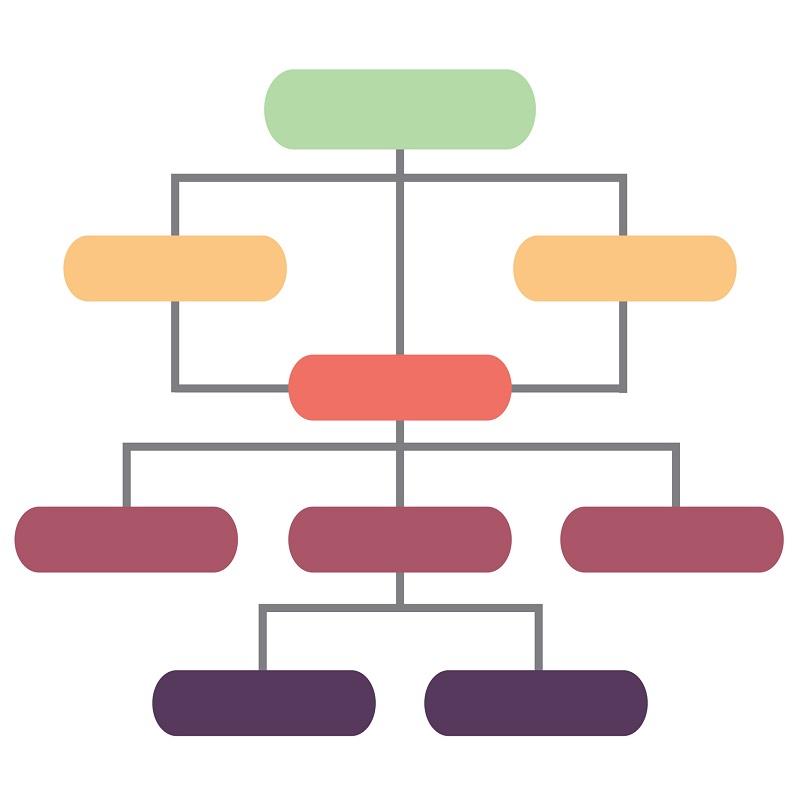Taxonomy and metadata – Using them in tandem
| April 16, 2021

Taxonomy and metadata are different but they work together to create easily searchable content. They are both highly important complex topics. Therefore, make sure you understand how they work, particularly how they can be combined. This article breaks down the most valuable details.

What are taxonomy and metadata?
A taxonomy classifies different data or information. Metadata is data that describes other data. Metadata helps the process of taxonomy by first labeling information so it can be sorted. Together, this operation organizes content so it is searchable. Taxonomy and metadata are therefore different but they work together.
Now that you see how these two concepts might be combined to work in unison, let’s breakdown how each one is individually used.
How is taxonomy used?
The most common way to visualize taxonomies is through hierarchical structures. One that should be fairly easy to recognize is food. This is an example taxonomy of a hierarchical structure of food: Food>plant-based>tree>fruit>apple. To visualize this in relation to a different food: Food>plant-based>ground>vegetable>pepper.

With these structures in mind, it’s easy to see how taxonomies are used in business and webpages. For example, a content management system uses a taxonomy to categorize content. This helps companies create organized websites. Since taxonomy and metadata work together, the metadata of the content helps build the taxonomy structure that creates organized websites.
Let’s now enhance your understanding of metadata and the many ways it’s used.
How is metadata used?
An easy way to imagine metadata is photography. Imagine you took 30 photographs and printed out all of them. If you were to write a one-word description of the location of each photo, this would be the metadata. Using these descriptors, you could easily sort the photographs into a functional, organized structure.

For companies constructing a business website, using metadata can drive customers to the right location of the page. It does this by funneling traffic based on keywords and search terms. Furthermore, as data about customers is saved, the site can pinpoint customer needs and show relevant content to that user.
Lastly, with a desire to boost our metadata control by synchronizing it with taxonomy, it’s important that we have the right tools to guide this process.
Metadata and taxonomy solutions
It’s time to maximize the way in which we implement taxonomy and metadata into our daily processes. We do this by finding software tools that create effective paths for both.
Digital asset management (DAM) systems, for example, value taxonomy and metadata because they structure and store digital content. DAM is a comprehensive storage system that organizes digital assets such as images or videos. Knowing this, companies implementing DAM need strong understanding of metadata and taxonomy.

Taxonomy helps sort which digital assets will be stored into certain areas and utilized in different ways. It does this in a DAM with the help of metadata, which labels and identifies the digital assets. The two work in tandem to create a sorted structural system in which assets such as images, videos and documents will be stored. Once there, they’ll be available for all team members to quickly retrieve and use in projects and campaigns.
Closing thoughts
Taxonomy and metadata are vital to business success and a strong understanding of them makes all projects and campaigns run smoothly. Discover the ways they bring structure and organization to companies in order to succeed.
